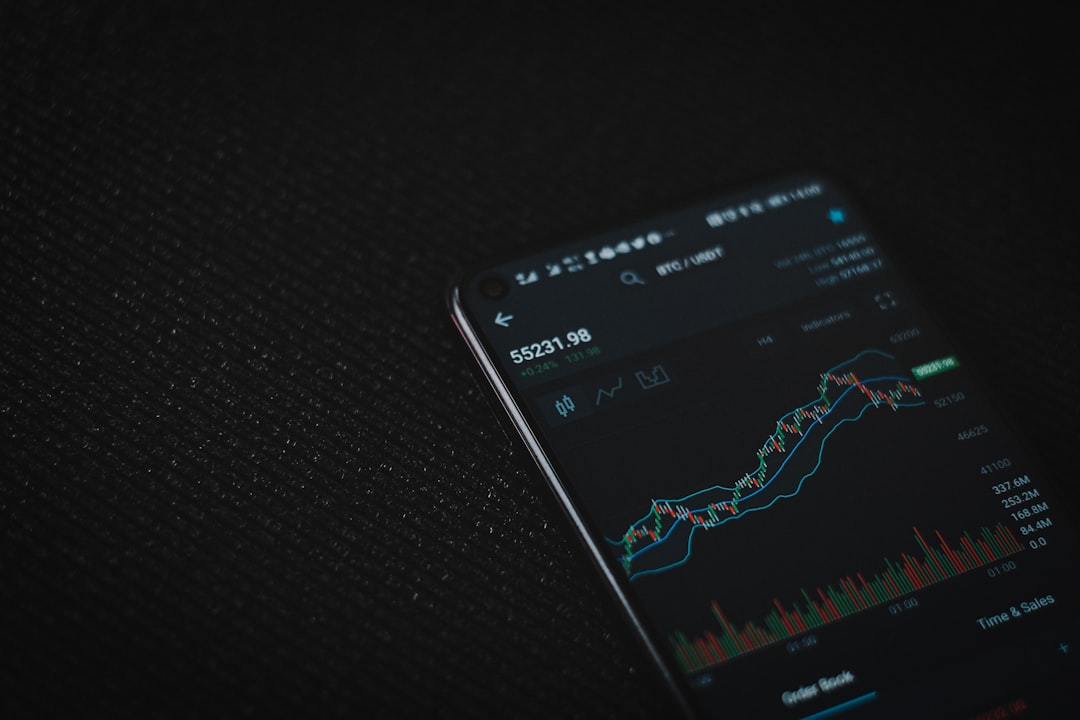
Asian currencies and the U.S. dollar both fell on Monday, as markets turned cautious ahead of further clarity on U.S. trade policy under President Donald Trump. While Trump’s postponement of the tariff enforcement deadline to August 1 offered temporary relief, the lack of detail around impending trade deals and potential 70% tariffs kept currency markets volatile.
The U.S. Dollar Index fell 0.2% in Asia trading hours, with Dollar Index Futures down 0.1%. Despite resilient U.S. economic data, investors are weighing geopolitical instability, shifting trade dynamics, and the Federal Reserve’s dovish tone.
Trump announced that formal tariff letters will be sent to global counterparts starting Monday at 12:00 p.m. ET, outlining new trade terms. Notably, countries aligned with the BRICS bloc face an additional 10% tariff—part of Trump’s broader tariff strategy unveiled earlier this year, which includes baseline duties of 10% and potential escalations up to 70%.
Regional currencies weakened as risk sentiment deteriorated:
USD/KRW rose 0.4% (Korean won weaker)
USD/THB gained 0.7% (Thai baht weaker)
USD/MYR added 0.5% (Malaysian ringgit weaker)
USD/CNY (onshore yuan) edged up 0.1%
USD/CNH (offshore yuan) rose 0.2%
The Australian dollar led losses across G10 currencies on expectations that the Reserve Bank of Australia (RBA) will cut interest rates in its upcoming meeting. With inflation moderating and domestic spending under strain, analysts project a 25 basis-point cut, potentially taking the cash rate down to 3.60%.
To track currency fluctuations and macroeconomic trends effectively, consider:
🔹 Forex Daily API
Get daily updates on currency pair movements, including USD/KRW, USD/CNH, and others affecting emerging Asian markets.
🔹 Economics Calendar API
Access key global macro releases such as central bank rate decisions, inflation prints, and employment data to assess FX volatility risk.
Until more details are released on tariff implementation and bilateral deals, Asian currencies may remain under pressure. Meanwhile, central banks like the RBA are expected to lean dovish, adding another layer of volatility.
With both trade policy and monetary policy in flux, traders will be watching for any forward-looking signals from U.S. officials and Asian central banks throughout the week.